Meaning: Expressing movement and direction to destinations
Grammar Point:
「に」and「へ」both indicate direction or destination. 「に」focuses on the arrival point, while「へ」emphasizes the direction of movement. Both are used with movement verbs like 行く/帰る/来る.
*the only difference is that へ E sounds much much more formal.
But you can use に ni in both casual and normal-formal situations, though.
Formation:
Destination + に/へ
日本語 / にほんご / Japanese
(1) 先生は教室に行く / 行きます。
(2) 来年、その少年は大阪に行く / 行きます。
(3) 来月、その少女は京都に帰る / 帰ります。
(4) 日本へようこそ!
(5) 10分後、学生は食堂へ行く / 行きます。
(6) 私の家族は空港へ急いでいる / 急いでいます。
ことばと表現 / Words & Expressions
来年【らいねん rainen】next year
その【その sono】that
少年【しょうねん shounen】boy
来月【らいげつ raigetsu】next month
少女【しょうじょ shoujo】girl
ようこそ【ようこそ youkoso】welcome
分後【ふんご fungo】minutes later
食堂【しょくどう shokudou】dining hall, cafeteria
空港【くうこう kuukou】airport
急ぐ【いそぐ isogu】to hurry
英語 / えいご / English
(1) The teacher goes to the classroom. / The teacher will go to the classroom.
(2) Next year, that boy goes to Osaka. / will go to Osaka.
(3) Next month, that girl returns to Kyoto. / will return to Kyoto.
(4) Welcome to Japan!
(5) In 10 minutes, the student goes to the dining hall. / will go to the dining hall.
(6) My family is hurrying to the airport. / My family is rushing to the airport.
ひらがな / Hiragana
(1) せんせいは きょうしつに いく / いきます。
(2) らいねん、その しょうねんは おおさかに いく / いきます。
(3) らいげつ、その しょうじょは きょうとに かえる / かえります。
(4) にほんへ ようこそ!
(5) じゅっぷんご、がくせいは しょくどうへ いく / いきます。
(6) わたしの かぞくは くうこうへ いそいでいる / いそいでいます。
ローマ字 / Roman characters
(1) Sensei wa kyoushitsu ni iku / ikimasu.
(2) Rainen, sono shounen wa oosaka ni iku / ikimasu.
(3) Raigetsu, sono shoujo wa kyouto ni kaeru / kaerimasu.
(4) Nihon e youkoso!
(5) Juppungo, gakusei wa shokudou e iku / ikimasu.
(6) Watashi no kazoku wa kuukou e isoide iru / isoide imasu.








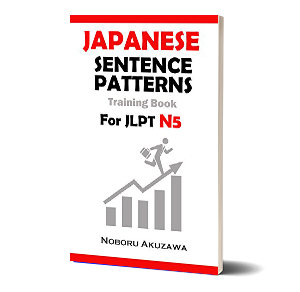
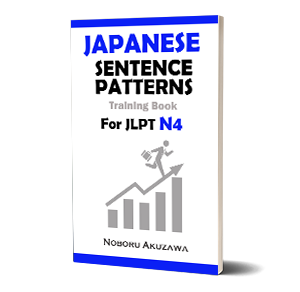


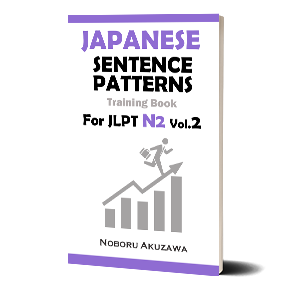

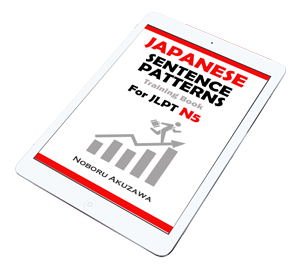
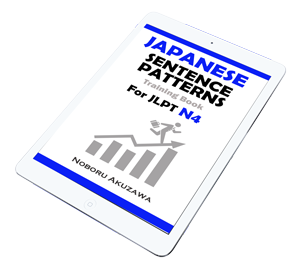
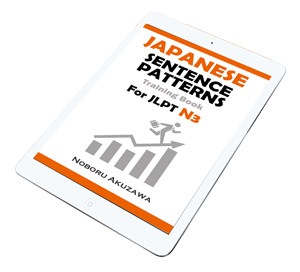

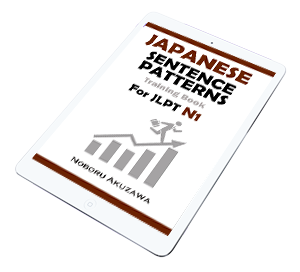








No comments yet.